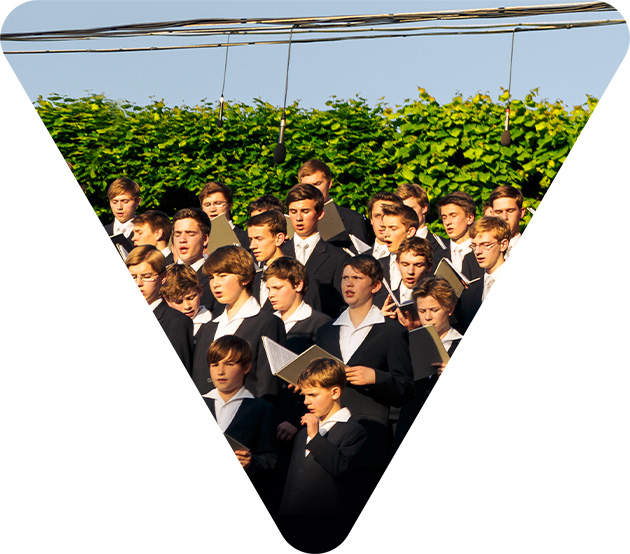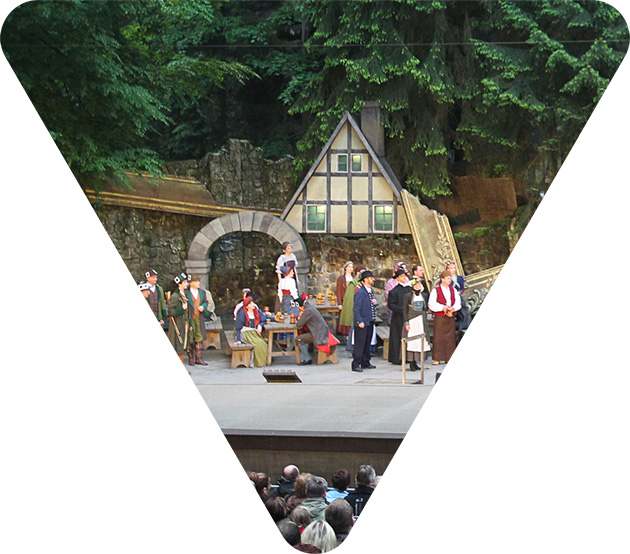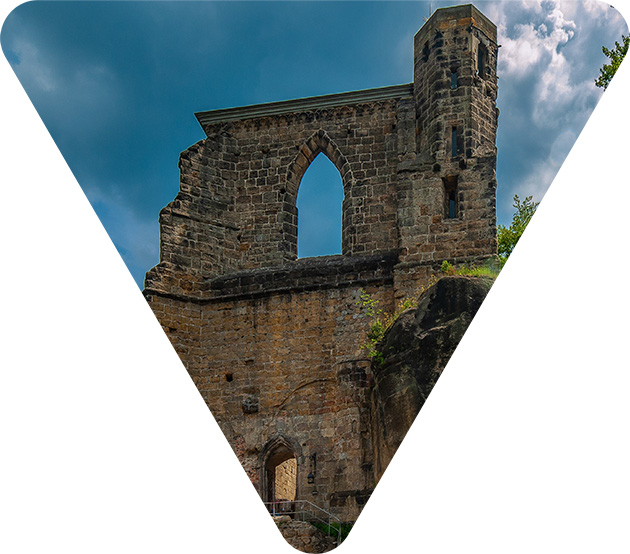Easy on the ear
What visitors from around the world value most is Saxony’s art and cultural events. Nowhere else in Germany are there so many ensembles and orchestras, concert halls and world-class theatres. Choirs such as Dresdner Kreuzchor and the St. Thomas Choir in Leipzig and ensembles such as the Gewandhaus Orchestra and the Saxon State Orchestra have been here for more than 400 years. Every year, among other things, more than 40 nationally and internationally renowned music festivals take place. It is hard to put a figure on the many church and laypeople’s ensembles, choirs and music groups. Take a journey through Saxony’s musical history and you will come across some big names and a rich musical heritage: Johann Sebastian Bach, Richard Wagner, Robert Schumann or Heinrich Schütz.
And today? The region offers Kraftklub, Silbermond and Trettmann venues and inspiration for their music. The largest European dark wave music meet-up takes place every year in Leipzig. Highfield , the largest indie rock festival in East Germany, and Kosmonaut at the Oberrabenstein reservoir near Chemnitz gladden the hearts of music festival fans. The Dave-Festival in Dresden evokes a club feeling, while Bunte Republik Neustadt, the biggest city district celebrations in Europe, bring a splash of colour to Dresden once a year.









